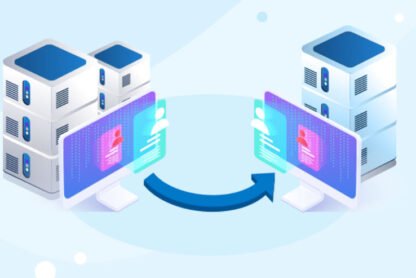Though there are numerous promising ways to advertise your book, rivalry today makes it especially important to concentrate your effort on email marketing. Other online platforms such as social media may be ineffective because of their algorithms which may bury your content, though it is hard to miss out on readers’ email inboxes. A good email marketing plan should therefore educate, amuse, build anticipation, and eventually make sales This guide explains how to use email as a marketing tool like no other, figuring out how to grow the list, how to contact subscribers, and other related issues.
1.Building Your Email List
There is one question you must ask yourself before embarking on an email campaign you have a quality email list? An email list can only qualify as quality based on the number of people you have on it. Consider these techniques for the book launch strategy.
- Use a Signup Form: When using author websites or sales pages it isn’t customary to already have. Make a sophisticated email signup space and add it to the website so that people can easily subscribe.
- Use Social Media: Advertise your email list on your social media accounts. Post the signup links together with the information on what subscribers will get by joining the list – like information about the book launch and any other offers pertaining to the book.
- Use Events: Ask for email contacts during book signings, readings, or any events. You can provide a paper signup sheet or offer them a tablet for quick registration.
2.Targeting and segmenting your audience
Subscribers are not all made equal. Email list segmentation enables you to craft messages to send to your subscribers according to certain characteristics, locations, demographics, or levels of engagement. Below are several ways you can segment your audience:
- My interests: In case you write in different genres, you could give an option to the subscribers during the signup to indicate what their preferences are. By doing this, you will focus targeted content on their areas of interest.
- By engagement: Identify those readers who are highly engaged and open your emails often from those who do not open them often. This enables you to devise a strategy that focuses on levels of engagement, which allows for more tailored content for your most engaged readers.
- By demographics: Another possible factor that could be used in segmentation is the age, geographical region, or reading patterns of a person so that the content can be made more relevant.
3.Spending Time & Energy on Emails
Now that you have your email domains and segments, let’s focus on producing interesting email content. Below are some recommendations to let readers want to read the email and act after opening the email.
- Make an Attractive Subject Header: As the subject line comes to the very first objective of the viewers understanding the content of the email, it should encourage a subscriber to open the email. It should stimulate the reader’s desire to open the email through compelling language, questions, or an element of scarcity.
- Basics Of Marketing Communications. The Basics: Name the user in the greeting and the rest is up to the user’s interests. The stronger the email is relevant to the recipient, the more likely it will be read.
- Tighten and Control the Message: Literature fans are avid to interact with writers in a human dimension, not only with their texts. Describe how you got to the point where your book came into being, how your book was born, and how it differs from the rest.
- Always Include A Responsive CTA: There should be one clear point of call for action in any email sent, be it purposing to do a pre-order of the book, download a sample chapter free of charge, or ask friends through the user’s email. Readers must not hesitate taking the next step, after building interest through the content of the email, which should be the purpose of the email.
4.Timing Your Emails
Email marketing can be greatly assisted or inhibited by timing and proper scheduling of your emails is also quite significant. So, these two tactics may work for the fortunate ones:
- Create a Timeline: Make a plan that spans the week before the release of your book. Consider sending marketing emails a week for book promotion services or two before the actual release date.
Conclusion
Email marketing is a highly effective strategy that can revolutionize the success of your book launch. If you have made a specific book announcement, have a targeted email list, and engage readers with your content, you will definitely be able to reach out to your readers as well as make sales. Always remember, that understanding your target audience and providing consistent value is the winning formula for email marketing. As you utilize the email marketing tool, you will be promoting your present publication but at the same time building long-term relationships with your readers in anticipation of future projects.









